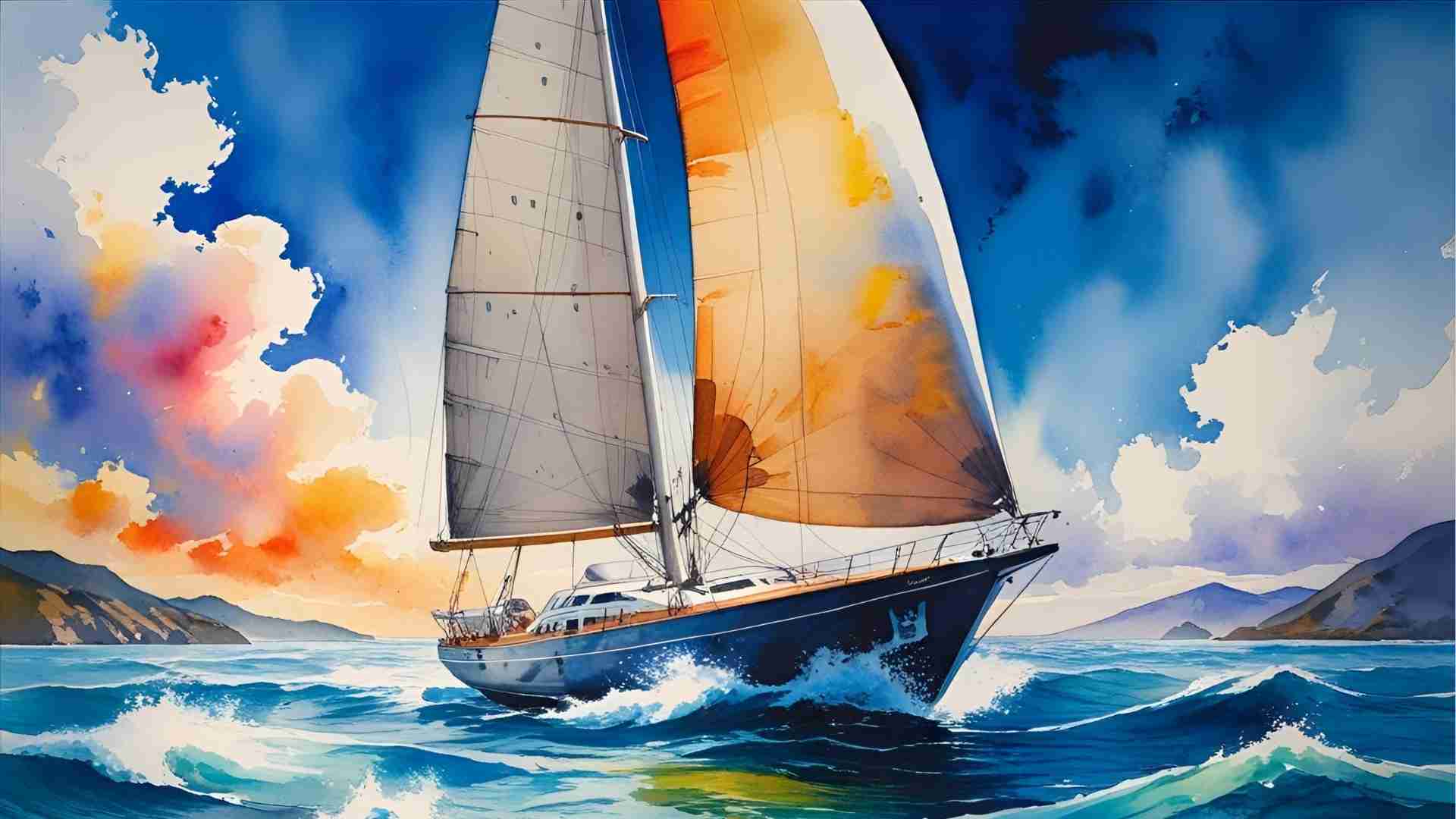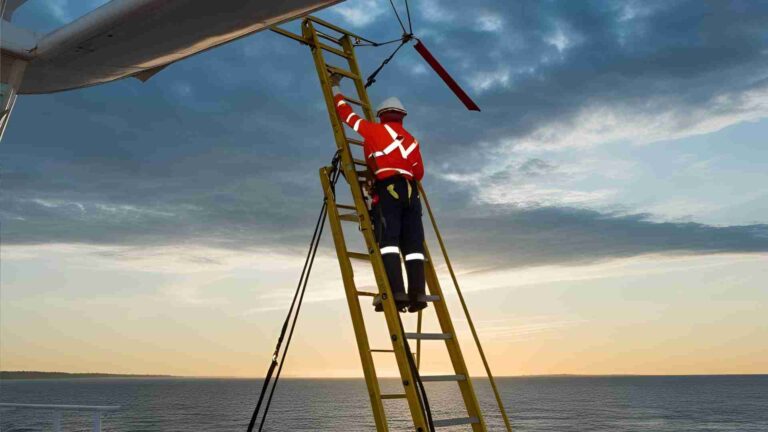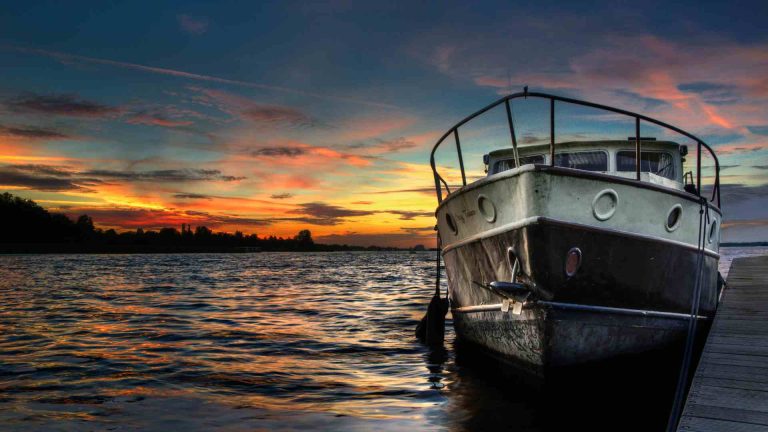How To Sail From California To Japan
Sailing from California to Japan is a thrilling adventure that spans the vast Pacific Ocean, connecting two vibrant coastlines separated by over 5,000 nautical miles. This journey, while challenging, is entirely achievable with the right preparation, equipment, and knowledge. Whether you’re an experienced sailor or dreaming of a unique way to travel, this guide provides a detailed roadmap for navigating this transpacific voyage. From choosing the right sailboat to provisioning and understanding potential hazards, we’ll cover everything you need to know to make this journey a reality.
Understanding the Journey: Distance and Time
The shortest direct route from California to Japan, typically from San Francisco to Tokyo, covers approximately 5,150 nautical miles. The duration of the trip depends on several factors, including the type of vessel, average speed, weather conditions, and stops along the way. Below is a breakdown of expected travel times for different types of vessels:
| Vessel Type | Average Speed | Estimated Travel Time (Direct) | Notes |
|---|---|---|---|
| Sailboat (Private) | 7 knots | 30–45 days | Assumes non-stop; stops can extend to 60 days. |
| Cruise Ship | 15 knots | 17–25 days | Includes stops at ports like Honolulu, South Korea, or Alaska. |
| Commercial Cargo Ship | 12–20 knots | 10–16 days | Faster due to size and technology; may include cargo stops. |
| Military Vessel | 30+ knots | <10 days | High-speed vessels like navy destroyers, not typically available to public. |
Factors Influencing Travel Time
- Hull Speed: Faster vessels reduce travel time significantly. A sailboat averaging 7 knots will take longer than a cargo ship at 20 knots.
- Weather Conditions: Wind speed, direction, and ocean currents can either aid or hinder progress. The Pacific’s trade winds can be favorable, but typhoons pose risks.
- Stops: Stops at islands like Hawaii or Micronesia add days or weeks to the journey.
- Route: The great circle route (a curved path that accounts for Earth’s curvature) is shorter but may face challenging conditions compared to coastal routes with stops.
For a sailboat, a direct trip at 7 knots takes about 30 days, but provisioning for 45–60 days is recommended to account for delays.
Can a Sailboat Make the Trip?
Yes, a sailboat can absolutely make the journey from California to Japan, as evidenced by numerous sailors, including Kenichi Horie, who completed a solo crossing in 1962. The key is selecting a seaworthy vessel and preparing thoroughly. Sailboats ranging from 30 to 50 feet have successfully made this trip, with larger vessels offering more comfort and storage for long passages.
Choosing the Right Sailboat
Selecting a sailboat for a transpacific voyage requires careful consideration of seaworthiness, size, and accommodations. Here are key factors to consider:
- Seaworthiness: Choose a bluewater sailboat designed for long-distance ocean travel. Examples include the Valiant 40, Hallberg-Rassy 42, or Amel Super Maramu.
- Size:
- Monohulls (30–50 feet): Reliable and cost-effective, suitable for solo or small crews. Prices range from $20,000 (used, smaller models) to $60,000 (turn-key condition).
- Catamarans/Trimarans: Offer speed and comfort but are pricier, often costing $100,000–$300,000 for a suitable model.
- Storage Capacity: Ensure ample space for provisions, including food, water, and spare parts.
- Condition: A well-maintained boat reduces the risk of mechanical failures at sea.
| Sailboat Type | Size Range | Price Range (USD) | Pros | Cons |
|---|---|---|---|---|
| Monohull | 30–50 ft | $20,000–$60,000 | Affordable, stable, widely available | Slower, less spacious |
| Catamaran | 40–50 ft | $100,000–$300,000 | Faster, more comfortable, stable | Expensive, complex maintenance |
| Trimaran | 40–50 ft | $150,000–$400,000 | Very fast, spacious | High cost, less common |
Popular Sailboat Models for Transpacific Voyages
- Valiant 40: Known for its durability and bluewater capabilities, priced around $50,000–$80,000 used.
- Hallberg-Rassy 42: A premium choice with excellent build quality, costing $100,000–$200,000 used.
- Lagoon 400 (Catamaran): Offers comfort and speed, priced at $200,000–$350,000.
Planning the Route
The most common route from California to Japan is the great circle route, which minimizes distance by following the Earth’s curvature. However, many sailors opt for stops at intermediate destinations to restock supplies and break up the journey. Below is a suggested route with key stops:

Key Stops Along the Route
- Hawaiian Islands (2,500 nm from California):
- Why Stop?: Hawaii is roughly halfway to Japan, offering marinas, repair facilities, and no passport requirement for U.S. citizens.
- Highlights: Honolulu’s Ala Wai Yacht Harbor provides full services, including fuel, water, and repairs. Enjoy trade winds for a smooth sail to Hawaii.
- Distance: Approximately 2,500 nautical miles from San Francisco.
- Travel Time: 10–14 days at 7 knots.
- Marshall Islands (1,500 nm from Hawaii):
- Why Stop?: A key stop in Micronesia with basic marinas and supplies.
- Highlights: Majuro Atoll offers safe harbors and cultural experiences, such as coral reef exploration.
- Travel Time: 7–10 days from Hawaii.
- Mariana Islands (1,000 nm from Marshall Islands):
- Why Stop?: Closer to Japan, with marinas in Saipan and Guam for restocking.
- Highlights: Scenic harbors and access to provisions.
- Travel Time: 5–7 days from Marshall Islands.
- Japan (150 nm from Mariana Islands):
- Destination: Tokyo or Yokohama, with well-equipped marinas and customs services.
- Travel Time: 1–2 days from Mariana Islands.
Alternative Routes
- Coastal Route: Follow the U.S. West Coast north to Alaska’s Aleutian Islands, then south to Japan. This route is longer (6,500+ nm) but avoids prolonged open-ocean passages.
- Freighter Route: Some sailors join cargo ship voyages, which may stop at Guam, the Philippines, or South Korea, taking 28–35 days total.
Provisioning for the Journey
Provisioning for a 30–60-day trip requires careful planning to ensure you have enough food, water, and supplies. Over-provisioning by 25–50% is recommended to account for delays.
Essential Provisions
| Category | Items | Quantity (per person) |
|---|---|---|
| Food | Dry non-perishable (rice, pasta, canned goods), freeze-dried meals | 60 days’ worth |
| Water | Fresh drinking water | 1.5 gallons/day |
| Safety Equipment | Flares, life jackets, fire extinguisher, life raft, locator beacon | As per USCG regulations |
| Navigation Tools | Charts, GPS, satellite phone, compass | 1 set + backups |
| Repair Supplies | Fiberglass patch kit, sail patch kit, spare lines, engine parts, fuses | 1 set + spares |
| Fuel and Oil | Extra fuel, oil, filters | 50% more than estimated |
| Personal Items | Medical supplies, toiletries, reading material | As needed |
Provisioning Tips
- Water: A watermaker can reduce the need to carry large quantities of water, but always have backup bottles.
- Food: Prioritize high-calorie, non-perishable items like beans, rice, and energy bars. Vacuum-sealed meals save space.
- Safety: Carry a satellite phone for communication and a personal locator beacon (PLB) for emergencies.
- Check-In System: Arrange with a trusted contact on shore to report your position twice daily. Instruct them to alert authorities if you miss a check-in.
Navigating Pacific Ocean Hazards
The Pacific Ocean is generally calmer than the Atlantic, with warm temperatures and reliable trade winds. However, certain hazards require vigilance:
Typhoon Season (April–December)
- Risk: Typhoons, similar to hurricanes, bring high winds (up to 150 mph) and massive waves, posing severe risks to small vessels.
- Mitigation: Monitor weather reports via satellite phone or radio. Modern forecasting allows typhoons to be predicted days in advance, enabling route adjustments.
- Safe Zones: The route to Hawaii is generally typhoon-free, but Micronesia and areas near Japan are more vulnerable.
Navigation Challenges
- GPS Reliability: Always carry paper charts and learn celestial navigation as a backup. Mark your position twice daily to avoid drifting off course.
- Currents and Winds: The North Pacific Current can aid westward travel, but variable winds near Japan may slow progress.
Marine Life and Debris
- Whales and Sharks: Sightings are common and generally harmless, but collisions with whales can damage hulls.
- Floating Debris: Post-typhoon seasons increase the risk of encountering debris. Maintain a sharp lookout, especially at night.
Legal and Immigration Requirements
Sailing to Japan requires compliance with international maritime and immigration laws:
- Passport: A valid U.S. passport is required for entry into Japan and any foreign ports (e.g., Marshall or Mariana Islands).
- Customs and Immigration: Contact the destination marina in Japan (e.g., Yokohama Bayside Marina) to arrange a customs inspection. You’ll need to complete declaration forms and may face vessel inspections.
- Prohibited Items: Research Japan’s import restrictions. Items like firearms, certain medications, and fresh produce may be banned.
- Visa: U.S. citizens can stay in Japan for up to 90 days without a visa for tourism. For longer stays, apply for a residence visa in advance, as obtaining one upon arrival is challenging.
Preparing Your Sailboat
A well-prepared sailboat is critical for a safe and successful journey. Follow these steps before departure:
- Mechanical Checks:
- Change engine oil and filters.
- Inspect and replace worn belts, hoses, and pumps.
- Test electrical systems and carry spare bulbs and fuses.
- Hull and Rigging:
- Inspect the hull for cracks and apply fiberglass patches if needed.
- Check standing rigging (masts, stays) and replace frayed lines.
- Ensure sails are in good condition, with a sail patch kit on board.
- Tanks and Systems:
- Clean fuel and water tanks.
- Pump out the black water tank.
- Install new bilge pumps and test them.
- Safety Equipment:
- Verify that life jackets, flares, and fire extinguishers meet U.S. Coast Guard standards.
- Carry a life raft and a PLB.
Alternative Travel Options
For those hesitant to sail their own vessel, consider these alternatives:
Cruise Ships
- Duration: 17–25 days, with stops at ports like Honolulu, South Korea, or Alaska.
- Cost: $3,000–$10,000 per person, depending on the cruise line and cabin type.
- Examples:
- Holland America Line: 25-day cruise from San Francisco to Tokyo, stopping at Honolulu and Kobe.
- Princess Cruises: 17–25-day options from Los Angeles or San Francisco.
Freighter Expeditions
- Duration: 28–35 days, with stops at Guam, the Philippines, or South Korea.
- Cost: $2,500–$5,000 per person for a cabin on a cargo ship.
- Experience: Offers a unique, less luxurious journey with access to crew areas and educational insights into merchant vessel operations.
Why Sail to Japan?
Sailing from California to Japan is more than a mode of transportation—it’s an adventure that offers unparalleled experiences. You’ll witness stunning marine life, explore remote Pacific islands, and immerse yourself in the solitude and beauty of the open ocean. For those with a fear of flying, like the individual who inspired this guide, sailing provides a viable alternative to reach Japan while fulfilling a dream of living abroad.
Cultural and Scenic Highlights
- Hawaii: Enjoy vibrant culture, world-class marinas, and tropical scenery.
- Micronesia: Explore coral reefs and experience local traditions in the Marshall and Mariana Islands.
- Japan: Arrive in Tokyo or Yokohama to discover a blend of modern and traditional culture, from bustling cities to serene temples.
Challenges of Moving to Japan
While this guide focuses on the sailing journey, moving to Japan requires additional planning. Comments from online forums highlight the challenges of obtaining residency:
- Immigration: Japan has strict immigration policies. A work visa, student visa, or spousal visa is typically required for long-term stays. Research visa options well in advance.
- Cultural Differences: Japan is described as conservative, with a unique social structure. Understanding local customs and language basics can ease the transition.
- Cost of Living: Urban areas like Tokyo are expensive. Budget for housing, food, and transportation.
Conclusion
Sailing from California to Japan is a monumental but rewarding journey that combines adventure, planning, and resilience. By choosing a seaworthy sailboat, provisioning adequately, and planning your route with stops at Hawaii and Micronesian islands, you can make this dream a reality. Whether you opt for a private sailboat, a luxurious cruise, or a freighter expedition, the Pacific Ocean offers a unique pathway to the Land of the Rising Sun. Prepare thoroughly, respect the ocean’s challenges, and embrace the journey’s unforgettable experiences.
Happy Boating!
Share How To Sail From California To Japan with your friends and leave a comment below with your thoughts.
Read How Long Does it Take to Sail Around the World? until we meet in the next article.






